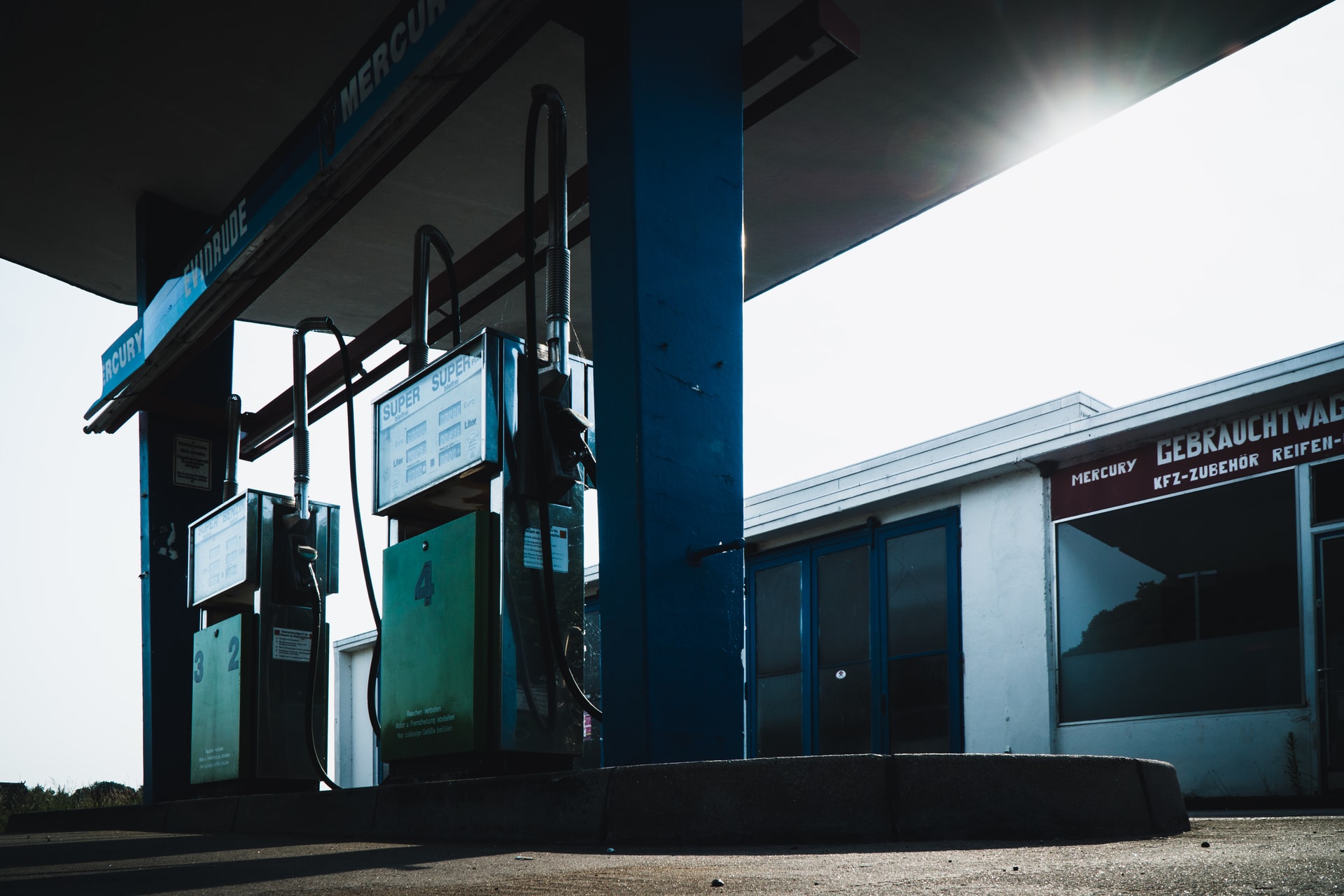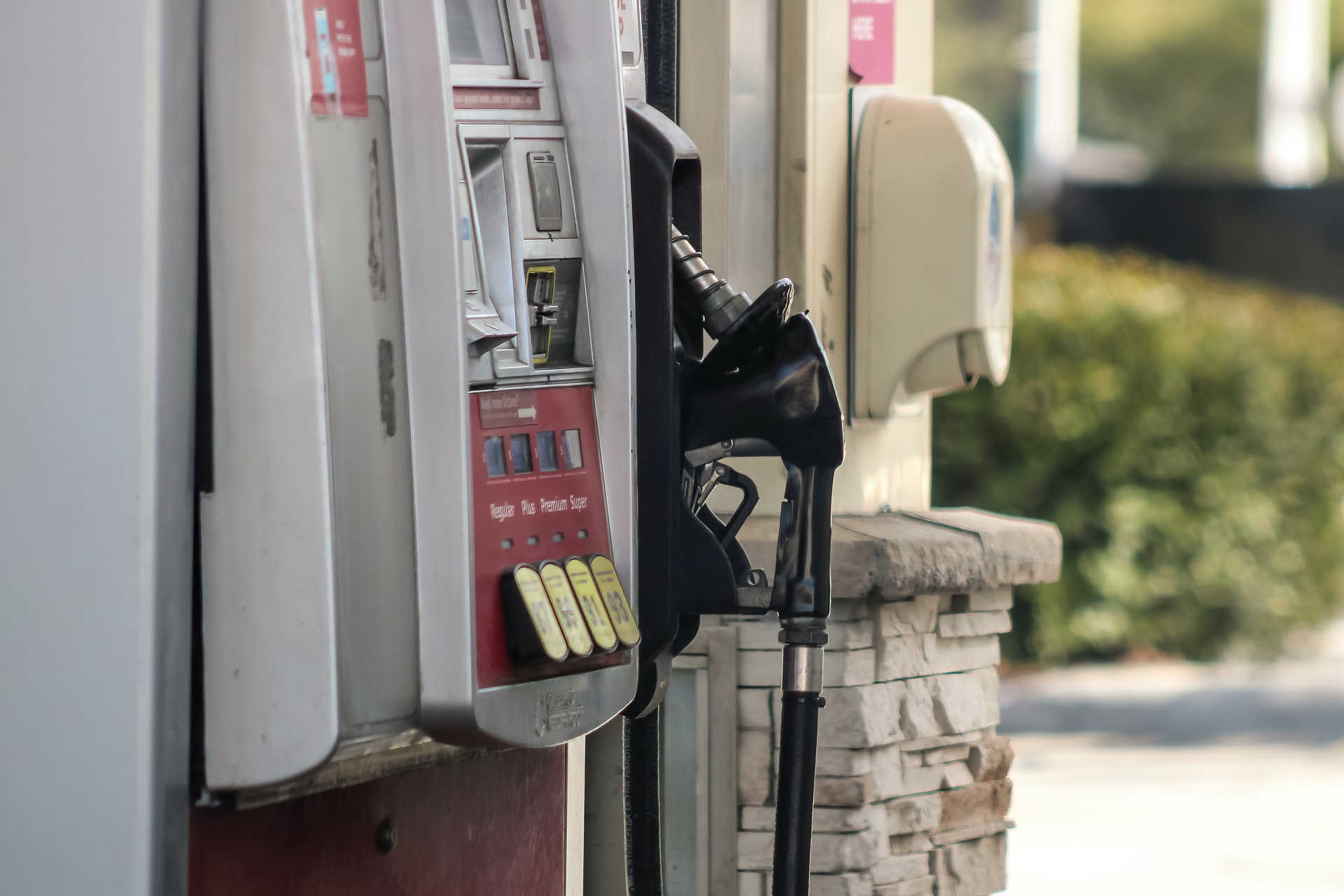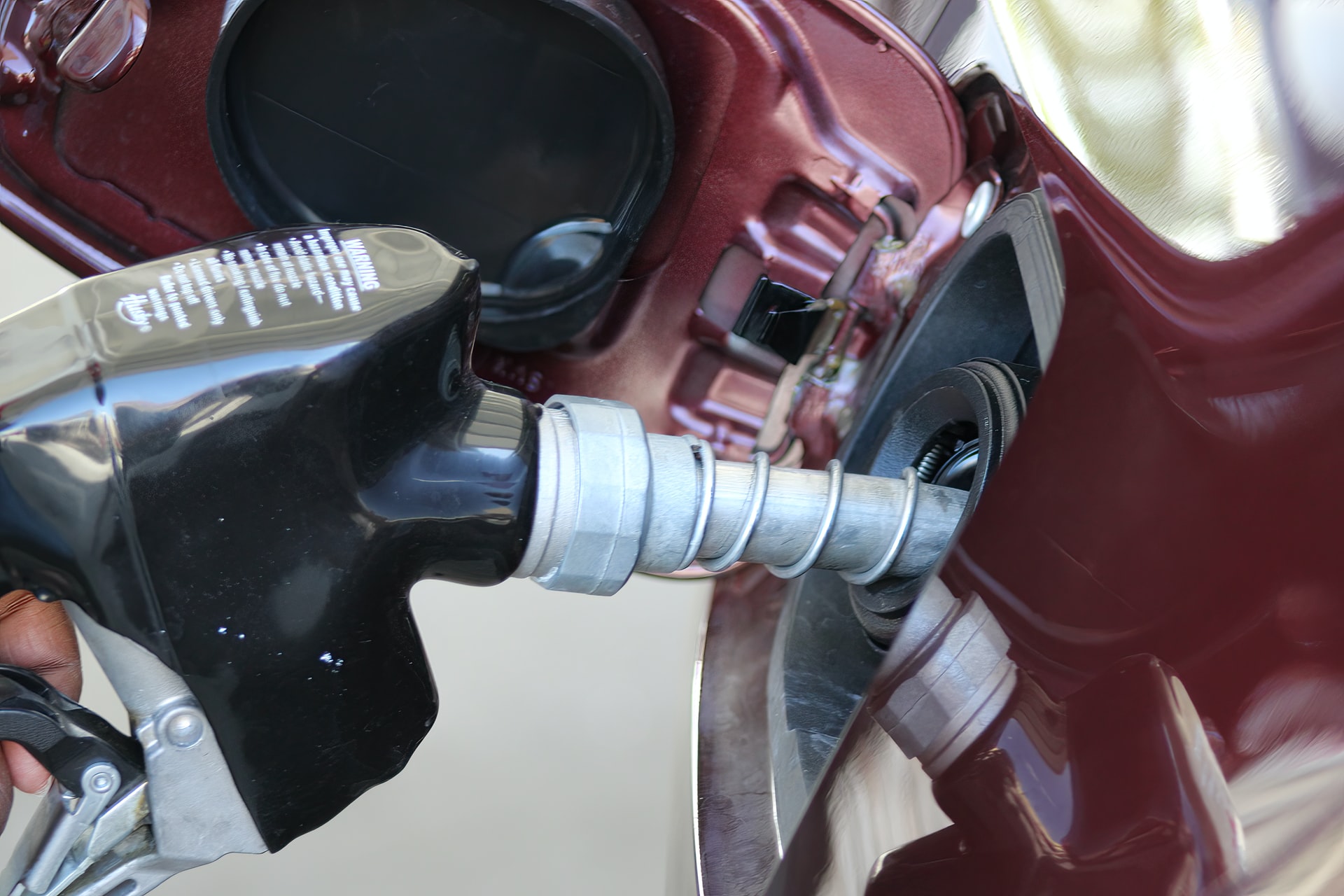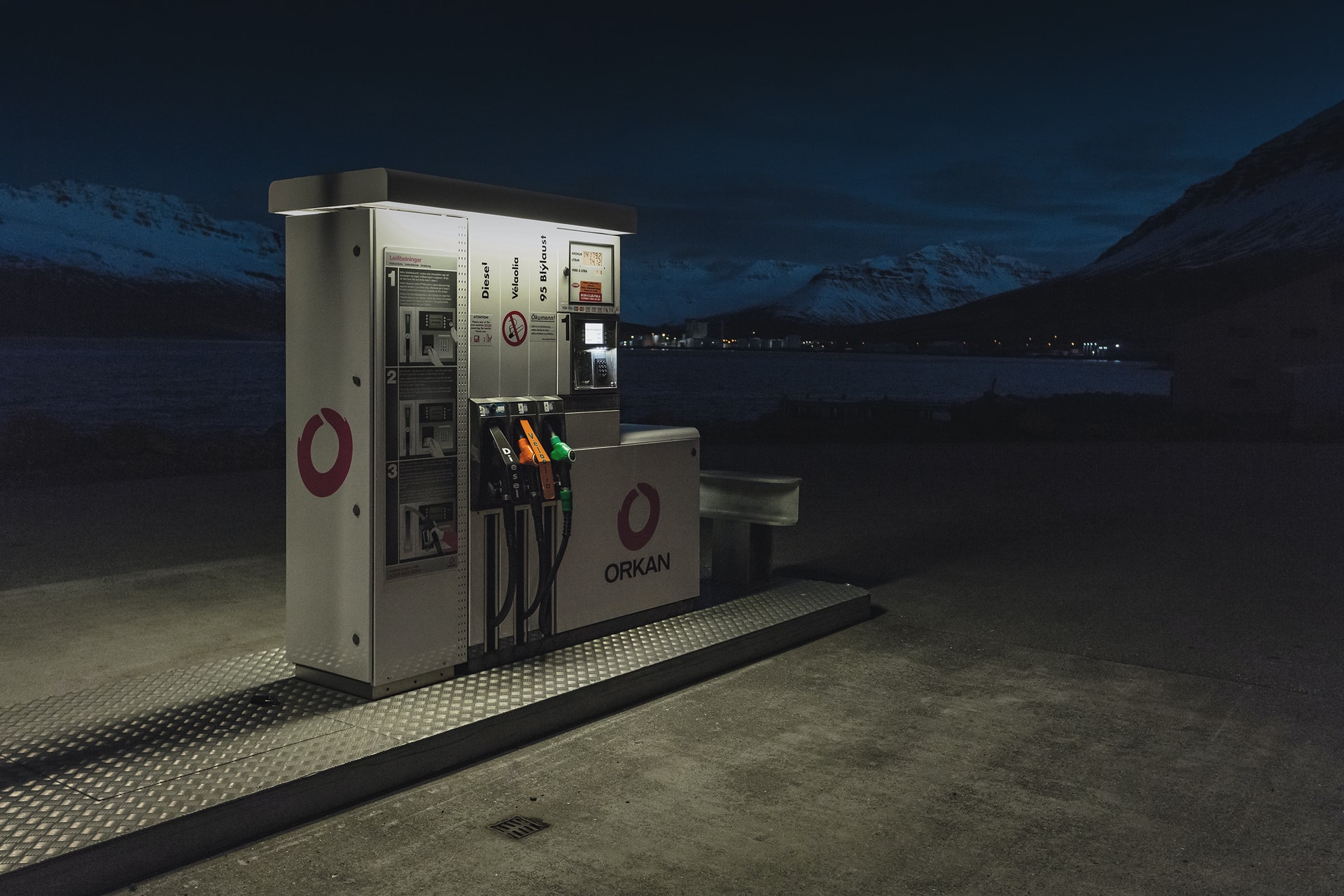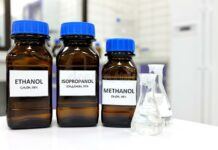A clear, colorless liquid, Ethanol Fuel has a pleasant aroma. It has a pleasant taste when diluted in water. However, when used in higher concentrations, it produces a bitter aftertaste. Sugarcane molasses is the primary feedstock for ethanol production.
Biomass having high levels of sugar or other components is used in this first-generation biofuel. A simple sugar like starch can make Ethanol by turning it into a simple carbohydrate like glucose. Yeast enzymes convert simple carbohydrates to Ethanol and CO2 through the process of fermentation.
Fermentation can also utilize starches from other plants, such as potatoes, corn, wheat, and rye. To make simple sugars, the starches must first be broken down. The melting point of Ethanol is 114.1°C, the boiling point is 78.5°C, and the density is 0.789 g/ml at 20°C.
Ethanol Production
The fermentation of sugars has long been used to produce Ethanol. Over half of industrial Ethanol is still produced using this method, as well. The primary components are simple sugars. Sugarcane, sweet sorghum, and sugar beet are the three most often utilized sugar-containing feedstocks in ethanol production worldwide. For example, cereals like corn and wheat have starches that may be quickly turned into sugar.
Diastase, a barley-germination enzyme, breaks down starches into sugars. The first step in brewing beer from starchy plants like corn (maize) and wheat is the germination of barley, termed malting.
Ethanol as a fuel: some interesting statistics. When it comes to high-compression engines, nothing beats Ethanol for performance. Ethanol’s oxygen containment makes it possible for the engine to burn the fuel more thoroughly, which results in lower emissions.
Ethanol is made from plants that use sunlight to generate energy. As with solar and wind power, Ethanol is a renewable resource. Ethanol-blended fuel maintains the fuel system clean for optimal performance because it does not leave sticky deposits. Ethanol helps prevent wintertime difficulties by acting as a gas-line antifreeze.
The Ministry of Petroleum and Natural Gas (MoPNG) issued a notification. The mandatory blending of 5 percent ethanol in 9 primary sugar-producing states. Due to ethanol shortage during 2004-05, the blending mandate was rendered optional.
National policy
It was resumed in the second phase with a gradual rise to 10 percent blending. The Ministry of New & Renewable Energy issued a National Policy on Biofuels to decrease future carbon impact and dependence on imported oil.
The blending level of bio-ethanol at 5 percent with petrol as recommended, leading to a 20 percent blending of bio-ethanol. It also put down a plan for the progressive implementation of the program.
The Ethanol Combined Petrol (EBP) Programme wherein OMCs sell petrol blended with Ethanol up to 10 percent. This action also intends to reduce import dependence on energy requirements and boost the agriculture industry. During the ethanol supply, roughly 173.03 crore liters of Ethanol were delivered by sugar mills. The grain-based distilleries to OMCs are thereby attaining a 5 percent blending target.
The blending objective for mixing Ethanol with fuel by 2022 & 20 percent blending target and 5 percent blending of biodiesel in diesel. Revision of ethanol pricing for the Ethanol Blended Petrol (EBP) Programme.
The price of Ethanol from the B heavy molasses route will be increased. The price of Ethanol from the B heavy molasses route will be increased. Cost of Ethanol from the sugarcane juice/sugar/sugar syrup pathway would be increased. GST and freight charges will also be charged. OMCs have been urged to determine reasonable transportation charges so that long-distance delivery of Ethanol is not a disincentive.
What Modifications Are Necessary To Operate Ethanol Fuel?
Ethanol’s octane number (113) is greater than that of gasoline. Because of this, the compaction proportion can be risen, resulting in better fuel economy.
Even so, the motor and its elements will be subjected to roughly 20% more stress as a result of this higher compression proportion (valves, crank, piston, etc.) Compared to traditional motors, ethanol-powered motors are made to be more strict and reinforced.
To start generating the same lot of fuel, an enhanced stream of ethanol is needed, since ethanol in its truest form, E100, has reduced thermal efficiency. This necessitates a major overhaul of the gas consumption and injector in order to deliver more gasoline.
When it comes to sudden deflagration, Ethanol has a lower value than gasoline, which also implies that the fuel is much more resilient to sudden detonation. In order to use ethanol, an extra heating system must be installed.
These vehicles have difficulties beginning in cold weather because of the ethanol E100. The preliminary crank is provided by a petrol tank installed as an accessory.
The Critical Efforts Made To Boost The Output Of Ethanol For Blending Include:
We are encouraging the manufacture of Ethanol from sugarcane juice and sugar/ sugar syrup. I am fixing the remunerative ex-mill price of Ethanol from varied feedstocks. Extending interest subvention to distilleries.
Amendment to Industries (Development & Regulation) Act, for unrestricted movement of denatured Ethanol for Ethanol Blended Petrol (EBP) Program. Reduction in Goods & Service Tax on Ethanol marked for EBP Program from 18 percent to 5 percent.
We are enhancing ethanol storage at Oil Marketing Companies facilities. I am formulating an “Ethanol Procurement Policy on a long-term basis under Ethanol Blended Petrol (EBP) Programme.”
Ethanol As A Fuel:
The use of Ethanol as a fuel for internal combustion engines, either alone or in combination with other powers. It has been given great attention mainly because of its probable environmental and long-term economic advantages over fossil fuel.
Ethonal as an automobile fuel is as old as the invention of the internal combustion engine itself. Ethanol was examined as an automotive fuel. It can be combined with petrol in any concentration up to pure Ethanol.
Anhydrous Ethanol, that is, Ethanol without water can be blended with petrol in varying quantities. To reduce the consumption of petroleum fuels, as well as to reduce air pollution. Ethanol is increasingly used as an oxygenate additive for standard petrol, replacing methyl t-butyl ether (MTBE). The latter chemical is responsible for considerable groundwater and soil contamination.
It can also be used to power fuel cells and to produce biodiesel. Ethanol, an alcohol fuel, provides high quality, high octane for exceptional engine performance and reduced emissions. It has been used in cars since Henry Ford designed his Model T to operate on alcohol.
Challenges Faced In Using Ethanol As A Fuel:
The primary source for the production of bioethanol in India is molasses, a by-product of sugarcane. The availability is hence dependent on the cane and sugar production that is cyclical. Ethanol has many other alternative uses, such as potable alcohol and service in chemicals in the pharmaceutical industry. Hence its use as a fuel faces stiff competition from such services.


